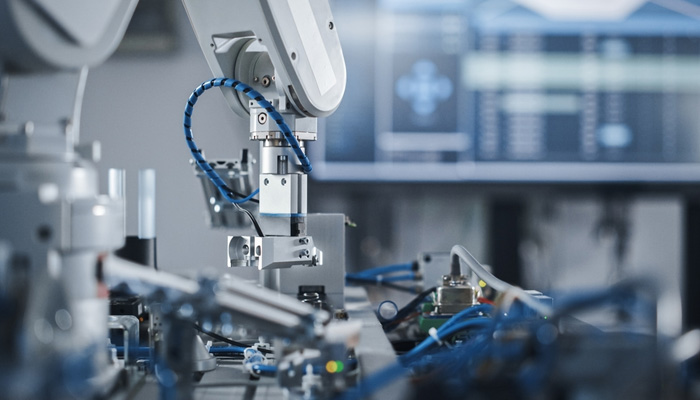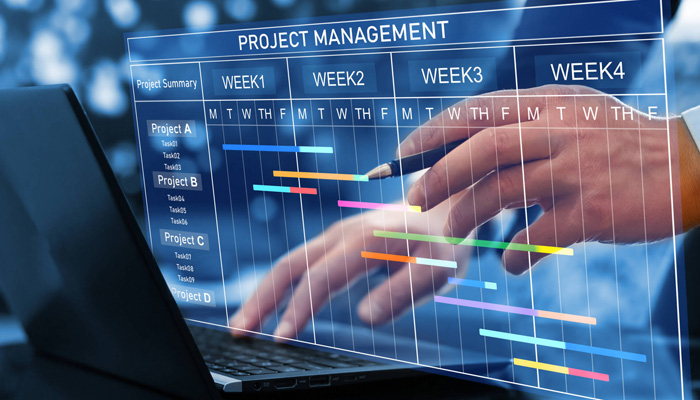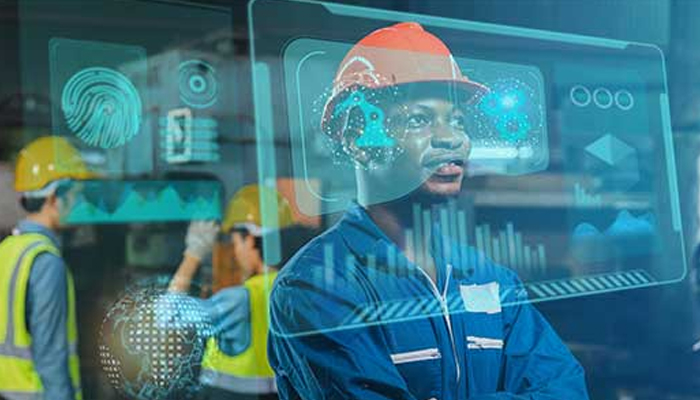
Advancements in artificial intelligence (AI) are reshaping the construction industry. Construction companies now have access to AI tools that can automate tasks, increase efficiency, reduce risks—and in some cases, even lower costs. While this is great news for business owners, it leaves many workers wondering: How will AI affect construction working class?
This shift brings both opportunities and challenges. As AI evolves, it may change the roles that construction workers play and the skills they need to succeed. However, it’s unlikely that AI will completely replace human workers anytime soon.
In this article, we’ll explore how AI is being used in construction, examine the potential benefits and drawbacks, and share how workers can adapt to stay ahead in an increasingly tech-driven industry.
The Role of AI in the Construction Industry

AI in construction began with basic automation tools, such as software that could generate building designs based on specific parameters like budget, site conditions, and material availability. Today, AI construction software has evolved into more advanced systems that can create customized project recaps and reviews, and help businesses predict market shifts to optimize pricing strategies and resource allocation.
“AI is useful in design work, especially creating mock-ups of custom designs for customers,” says Jonathan Palley, CEO of California-based Clever Tiny Homes. “It can also help to keep an eye on materials prices for us and help control costs. In addition to all kinds of back-end administrative tasks, we use AI to help accelerate our design work and to do quality control on our finished units.”
AI is also playing a role in safety with AI-powered systems that can detect hazards and predict potential accidents by monitoring workers’ movements in real-time. However, not all construction business owners are comfortable with this idea.
“One area where I’ll never use AI is for anything involving the safety of my team,” says Bar Zakheim, CEO of Atlanta-based Better Place Design & Build. “I know AI can make mistakes, and the idea of a computer glitch leading to the injury or death of one of my workers is not something I’m interested in exploring.”
Areas of Construction Where AI Can Be Used
AI is being used in a variety of ways to streamline the construction process, from design to completion.
“I use AI for managing things like permitting, purchasing, scheduling, and other administrative tasks that go into any build,” Zakheim says. “Keeping track of these things can be a challenge, especially when we’re operating in a new suburb where we don’t necessarily know the permitting process or specific code requirements. AI makes it much easier to stay on top of that stuff.”
Common areas where AI is already playing a role include:

Robotics and automation: Robots are now being deployed on construction sites to handle repetitive or dangerous tasks. For example, robotic bricklayers and AI-powered machines that are capable of pouring concrete, welding, and even assembling large structural components.

Project management: AI-driven tools can analyze historical data to predict timelines, costs, potential delays, and suggest improvements to help contractors avoid costly overruns.
Predictive maintenance: AI can anticipate when machines will need repairs or maintenance, minimizing downtime and extending equipment lifespan.
Site surveying and inspections: Drones with AI can survey land, monitor job progress, and detect structural issues before they become problems.
Material management: AI helps manage inventory, forecasts supply needs, and prevents costly delays due to missing materials.
AI and Construction: Potential Benefits and Drawbacks

AI brings a wealth of benefits to the construction industry, but it also presents several challenges that could impact the working class.
Benefits of Using AI in Construction
New opportunities for workers
While AI may reduce the need for manual labor, it also creates demand for workers with skills in technology, robotics, and AI maintenance. Workers who embrace these technologies may find new roles that are more specialized and less physically demanding.
Increased efficiency
AI helps streamline tasks that would otherwise be time-consuming or error-prone, such as data entry and procurement. This leads to faster project completion and reduced costs.
Cost savings
AI-driven tools can optimize resource use, helping companies save on labor, materials, and time.
Drawbacks of Using AI in Construction

Job displacement
Automation may replace workers who perform repetitive tasks, such as those in manual labor roles. While some jobs will evolve or be created, job loss is a real concern.
Training and skill gaps
There will be a growing demand for workers with technical skills. Construction workers will need to adapt by acquiring knowledge in fields like machine learning, AI systems, and robotics.
High initial costs
Implementing AI technology can be expensive, particularly for small and medium-sized construction firms. The upfront investment and training required can be a significant barrier.
Predictions for the Future
The future of AI in construction holds the potential for transformative changes. A McKinsey & Company report suggests that technology investments should shift away from trendy tools like drones and instead focus on solutions that streamline engineering, procurement, and construction.
The report also notes that construction companies have historically invested less than 1% of their revenues in IT—far below industries like automotive and aerospace.
Some high-tech tools still don’t outperform skilled laborers. For example, Palley points out, “There aren’t that many robotic bricklayers around, they’re very expensive, and they need skilled technicians to take full advantage of them.”
Zakheim adds, “When it comes to AI in construction, there’s a lot more hype than there is substance, at least for a small business like mine.”
Meanwhile, big construction firms are testing the waters. DRP Construction noted in its Q1 2024 Market Conditions Report that “AI isn’t magic” and often returns generic responses. Skanska USA, however, has begun experimenting with generative AI to help employees quickly access internal knowledge using custom-built chatbots.
What Workers Can Do to Stay Ahead
To stay competitive in a future where AI is part of the construction industry, workers need to embrace technology and adapt their skills to meet the changing demands.
Here are a few ways to prepare:

Invest in technology training: Look into certifications or training in AI systems, robotics, and drone operation.
Focus on soft skills: Leadership, communication, and teamwork will remain essential and irreplaceable by machines.
Be open to change: Lifelong learning is the key to surviving and thriving in an evolving industry.
Collaborate with AI: Think of AI as an assistant, not a rival. Use it to reduce physical strain and enhance decision-making.
AI isn’t here to steal jobs—it’s here to reshape them. By adapting and upskilling, construction workers can stay relevant and play a critical role in the future of the industry.
